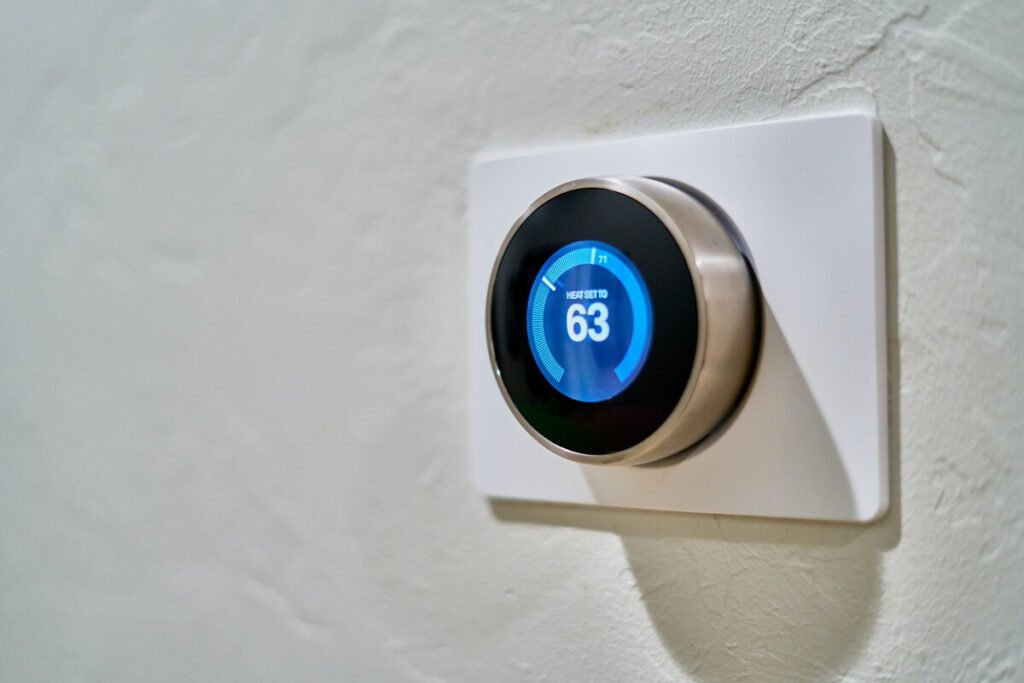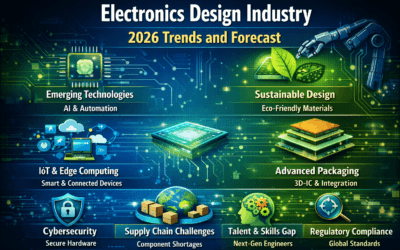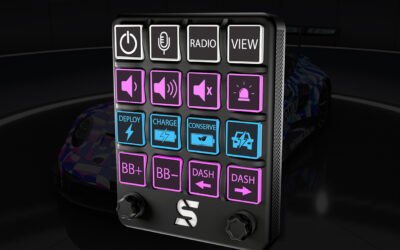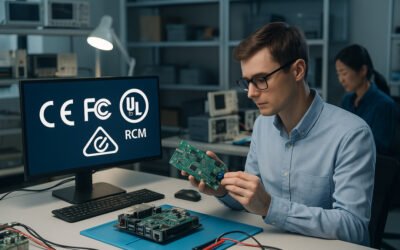In the bustling realm of technological advancements, the Internet of Things (IoT) has carved out a niche that is both innovative and future-forward. But what fuels the seamless functionality of these interconnected devices? Enter: Embedded Software.

Introduction to Embedded Software and IoT
Defining Embedded Software
Embedded software acts as the heartbeat within numerous devices, from microwaves and washing machines to intricate IoT solutions. It is specialized programming, embedded as firmware, within the hardware, ensuring devices perform their tasks efficiently and autonomously. Unlike general-purpose software, embedded software focuses on specific functionalities and is tailored to the unique requirements of the device it inhabits.
Understanding IoT
The Internet of Things (IoT) is a vast network, a universe where devices communicate, sharing data and insights, orchestrating a symphony of interconnected functionalities. From smart homes that curate personalized experiences to industrial IoT that streamlines operations, the applications are boundless. But how does embedded software play into this?
The Symbiotic Relationship Between Embedded Software and IoT
Ensuring Seamless Connectivity
Embedded software is the silent enabler that ensures your smart devices are, in fact, smart. It facilitates the seamless communication between devices in an IoT network, ensuring data is shared, analyzed, and utilized efficiently. Imagine a smart home where the air conditioner, lights, and security systems communicate to create a secure and comfortable environment – all enabled by embedded software.
Enhancing Device Functionality
Beyond connectivity, embedded software plays a pivotal role in enhancing the functionality of devices within the IoT ecosystem. It ensures that devices not only communicate but also perform their designated functions efficiently and reliably. From ensuring your smartwatch accurately monitors your health metrics to enabling smart appliances to optimize energy usage, embedded software is the unsung hero, quietly ensuring optimal functionality behind the scenes.
Importance in Product Development
Speeding Up Time-to-Market
In a world where technological advancements are occurring at a breakneck speed, time-to-market is a crucial factor for any product’s success. Embedded software, with its tailored functionalities, enables developers to create IoT solutions that are not only robust but also market-ready in a shorter time frame. For startups and businesses with a proof of concept, leveraging embedded software means being able to transform innovative ideas into tangible products swiftly, thereby gaining a competitive edge in the bustling market. How does this happen? By ensuring that the software and hardware work in unison from the get-go, reducing the need for extensive modifications down the line.
Ensuring Product Reliability
Imagine launching a product that promises to revolutionize the user’s daily routine, only to have it malfunction due to software glitches. Not ideal, right? Embedded software in IoT development ensures that your product doesn’t just work; it works reliably and consistently. By focusing on creating a stable, secure, and efficient software base, developers can ensure that the IoT product delivers on its promises to the customer, thereby building trust and credibility in the market. After all, a reliable product is the foundation upon which customer loyalty is built, wouldn’t you agree?
Case Studies: Success Stories of IoT Solutions
Smart Home Appliances
Let’s take a journey into a day in the life of a smart home, shall we? Picture this: your alarm goes off, and as you stir, the curtains gently part, allowing the soft morning light to fill the room. The coffee maker in the kitchen whirs to life, preparing your morning brew just the way you like it. This isn’t science fiction; it’s the reality in many homes today, thanks to IoT solutions powered by embedded software. Companies have been able to transform our living spaces into intelligent environments that adapt and respond to our needs, providing not just convenience but also enhancing our quality of life. The embedded software ensures that the devices communicate effectively, creating a seamless and intuitive user experience.
Wearable Health Devices
Or consider the wearable tech adorning your wrist right now. It tracks your steps, monitors your heart rate, and perhaps even nudges you to stand up and move every hour. The embedded software within these wearable devices allows for continuous health monitoring, providing insights that can be crucial for maintaining a healthy lifestyle. For developers and businesses, creating a wearable that is reliable, accurate, and user-friendly is paramount. Embedded software ensures that the hardware components and sensors within the wearable work in harmony, providing accurate data and timely alerts to the user.
Challenges in Integrating Embedded Software in IoT
Security Concerns
Navigating through the digital world, security becomes a paramount concern, doesn’t it? Especially when we talk about IoT solutions, where devices are constantly communicating, sharing data across networks, and making autonomous decisions. Embedded software, while being the linchpin for functionality, also needs to be a fortress safeguarding against potential cyber-attacks. Developers are often faced with the challenge of ensuring that the software is not just efficient but also impenetrable, protecting the device and the data it handles from malicious intents. How do we ensure that our smart devices remain unassailable in a world teeming with cyber threats?
Scalability Issues
And then comes the question of scalability. Your IoT device, powered by its embedded software, might be performing splendidly in its current state. But what happens when the device needs to handle more data, connect with more devices, or perform additional tasks? Scalability becomes a pivotal aspect to consider during the development phase. Ensuring that the embedded software can adapt and scale according to the evolving needs of the IoT solution without compromising on performance or security is indeed a challenge that developers often grapple with. How can businesses future-proof their IoT solutions to cater to the ever-expanding technological landscape?
Conclusion: The Future of Embedded Software in IoT
Upcoming Trends
Peering into the future, the role of embedded software in IoT development is bound to evolve, don’t you think? With advancements like Edge Computing, where data processing is brought closer to the location where it is needed, embedded software will need to be more agile and capable than ever. Moreover, as Artificial Intelligence and Machine Learning continue to weave their way into IoT, ensuring that the embedded software can facilitate these advanced functionalities while maintaining efficiency and security will be crucial. What other trends do you envision shaping the future of embedded software in IoT?
Final Thoughts
In wrapping up our exploration, it’s evident that embedded software is not merely a component within IoT development; it is the very essence that enables devices to be smart, connected, and innovative. For businesses, startups, and individuals looking to transform their concepts into reality, understanding and leveraging the power of embedded software in IoT solutions becomes not just beneficial but essential. As we step into a future where our devices are more interconnected than ever, how will embedded software evolve to facilitate and safeguard our digital experiences?





0 Comments